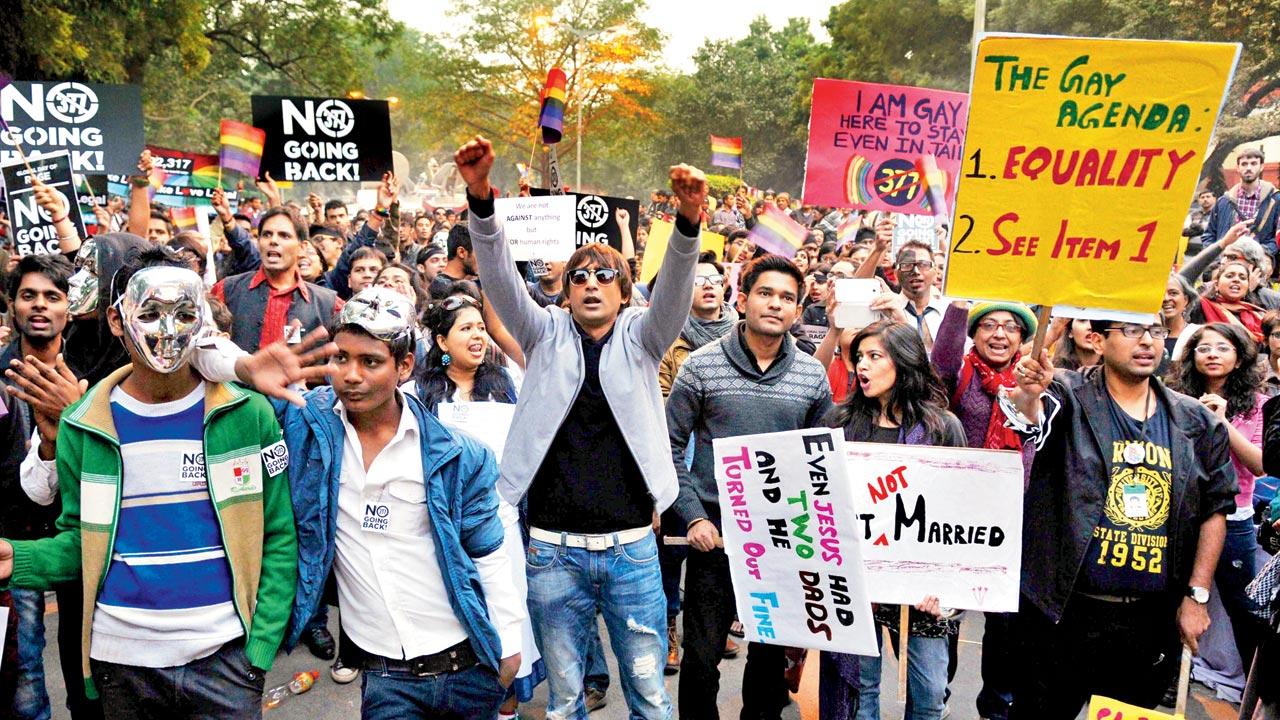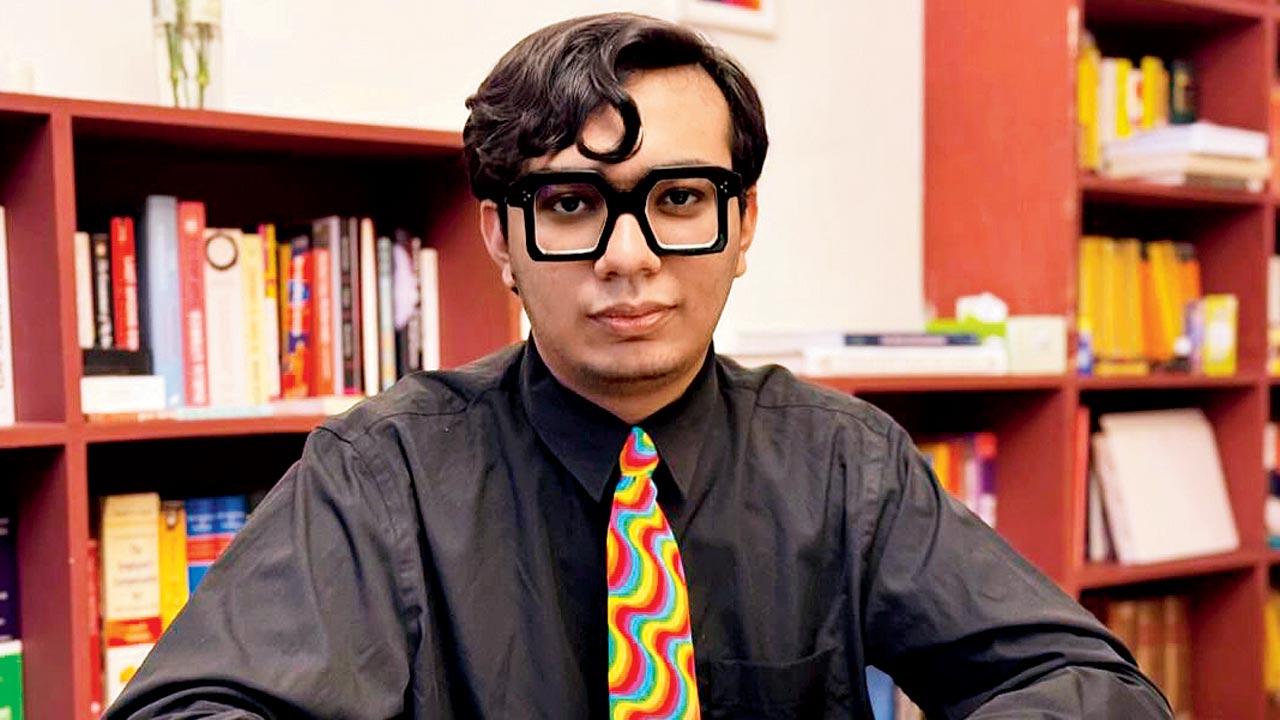A pan-India study about violence against queer men lays out the patterns of sexual, physical and verbal violence they face

Many gay men say that femme presenting is still a high-risk form of expression
Of the 300 (men who have sex with men) MSM men surveyed, 37.4 per cent said they experienced sexual violence, 45.5 per cent experienced physical violence; 80 per cent were on the receiving end of verbal violence. The survey—Men at risk: Correlates of verbal, physical and sexual violence against MSM across selected cities in India—was released last week in collaboration with Brihanmumbai Municipal Corporation (BMC). It found that Kolkata ranked highest for verbal (72 per cent) and physical (46 per cent) abuse, while Delhi ranked highest for sexual violence (44 per cent).
ADVERTISEMENT
A person who has seen violence up close is Jay. “The first incident was when I was in class five; the first day of senior school,” says 25-year-old Jay, who works in the entertainment industry. “Some seniors who were repeating a year were in our class, and they teased me about the way I walked. They would touch me, slap my chest, squeeze it, and make me dance in front of other schoolmates and seniors. A senior raped me, and one of these failed classmates taunted that it was mutual sex. Once, I slapped him and he punched me, smashed my face and called me names. It was humiliating, painful emotionally and physically.”
 Despite homesexuality being decriminalised in 2018 the report only proves the day-to-day violence the LGBTQiA community face. Pics/Getty Images
Despite homesexuality being decriminalised in 2018 the report only proves the day-to-day violence the LGBTQiA community face. Pics/Getty Images
The study also identified 18 to 24 years as the most vulnerable age demographic in the community. Out of the 37.3 per cent MSMs who experienced sexual violence, 81.8 per cent fall in the age group.
Aarav P, an 18-year-old from Mumbai, stopped for a quick snack at 3 am on the way home after clubbing with his siblings and friends. “I was wearing my sister’s crop top, low-waist jeans,” the student says, “and a jacket. My make-up was really glitz and glam… I was dressed very expressively. Some men in a car passed a few comments. The first instinct for any queer person is to just ignore it and walk away, because what will they do right? But my sister is very feisty.”
 Rohin Bhatt
Rohin Bhatt
There was an altercation between the men and Aarav’s sister, but it remained verbal…until Aarav got out of the car again to get their order of noodles from the roadside stall. “One of them just slapped me,” he says, “My brothers, who are bodybuilders, tried to intervene, but they got slapped too. My immediate instinct was to save my sister. I was shivering, but made sure she got into the car and just drove off.”
Did Aarav approach the police? “I think I thought about it too much—that the men already had a tie-up with the food stall guy; how would it help, etc. I should have just gone to the police,” he says. Jay never even considered going to the cops, even after facing violence as an adult. “I was walking on the beach in Mumbai wearing neutral clothes, while my friend was wearing androgynous clothes,” he says of an incident two years ago. “The beat police shoved us into a jeep and asked us if we were soliciting. My friend was sitting at the front with the police sitting too close to him, almost as if he was asked to sit on his lap. They made comments such as ‘Yeh kya pehna hai?’. The city is safe, but there are days when the guardians of the city represent society’s obnoxious evils.”
Rohin Bhatt, a human rights lawyer, explains why most MSM hesitate to approach the police. “Most in the community fear further exploitation,” says the 26-year-old author. “I have also worked in situations where Protection of Children from Sexual Offences Act (POCSO) cases have been registered, so it’s not like FIRs are not registered, but what happens to them is another story.” The study begins with the observation many most crimes of violence against MSMs are limited to atrocities in police custody.
The study also revealed other patterns, such as respondents in pink-collar jobs—care-giving and service jobs typically associated with women and lower pay than white-collar jobs such as the beauty industry or nursing—faced the highest levels of verbal violence at 88.2 per cent; and while 50 per cent among them bore sexual violence.
There was a wide divide and correlation between annual family income and violence: 85 per cent of individuals from the lowest-income group faced violence, as compared to 43.4 per cent from high-income groups.
 Subscribe today by clicking the link and stay updated with the latest news!" Click here!
Subscribe today by clicking the link and stay updated with the latest news!" Click here!








